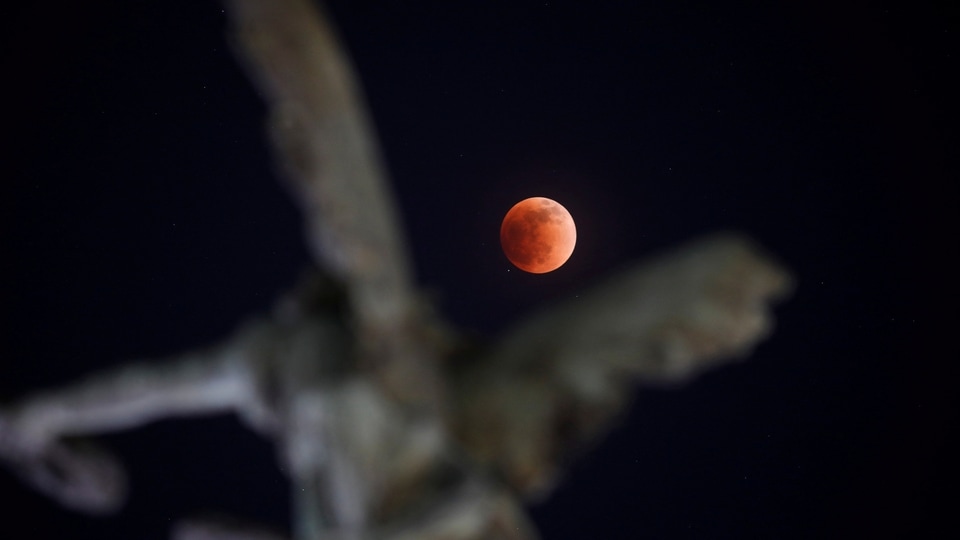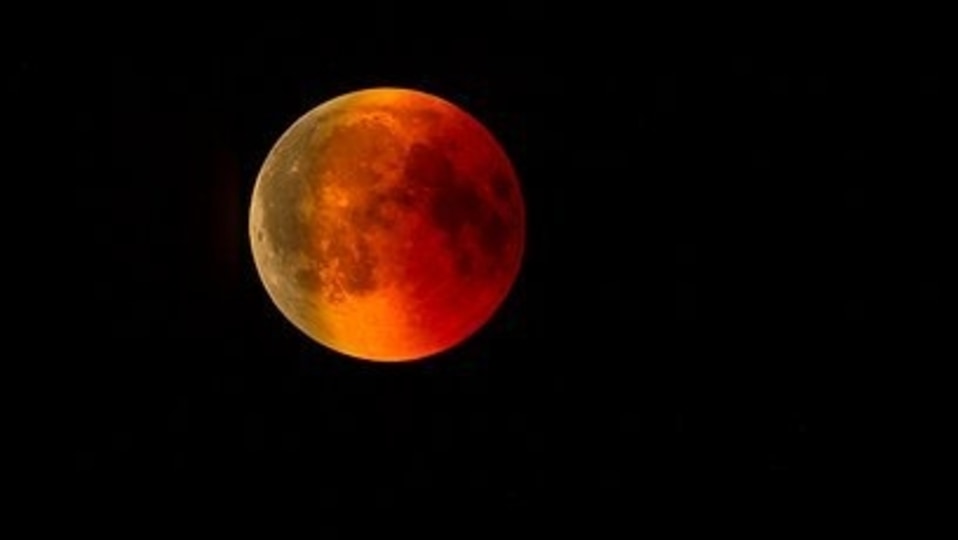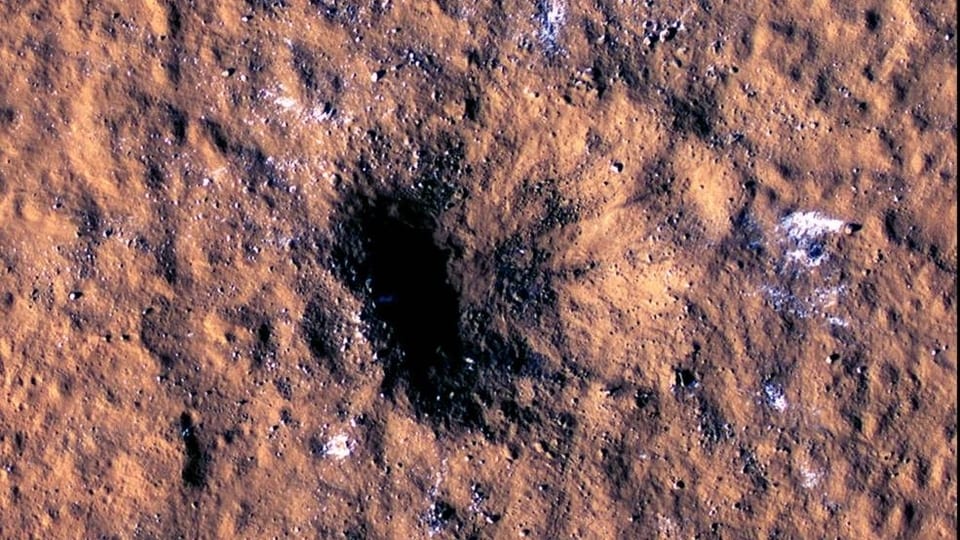Historic! NASA records one of the largest craters ever witnessed forming in solar system
NASA’s InSight lander recorded one of the largest craters ever witnessed forming any place in the solar system. Where? On Mars.



_1651891018983_1651891041408.jpg)


 View all Images
View all ImagesNASA's InSight lander has recorded one of the largest craters ever witnessed forming any place in the solar system. Where? On Mars. While observing the images and seismic data, NASA has documented many larger craters during the Mars mission, but this one is said to be the largest seen forming. While nearing the end of its life, NASA's InSight lander recorded a magnitude 4 quake on the Red Planet on December 24, 2021. Later, the reason was found to have been a meteoroid strike. It is estimated to be one of the biggest seen on Mars. Meteoroids are the objects in space that range in size from dust grains to small asteroids.
While observing the before-and-after images from NASA's Mars Reconnaissance Orbiter, scientists saw the new, yawning crater that formed after the meteoroid impact. The impact has been observed in a region called Amazonis Planitia which left a crater around 492 feet (150 meters) across and 70 feet (21 meters) deep, NASA reported. Shockingly, some of the ejecta due to the meteoroid impact was thrown as far as 23 miles (37 kilometres) away.
“The meteoroid is estimated to have spanned 16 to 39 feet (5 to 12 meters) – small enough that it would have burned up in Earth's atmosphere, but not in Mars' thin atmosphere, which is just 1% as dense as our planet's,” the NASA blog post informed. The Marsquake resulting from a meteoroid impact in December 2021 was the first of its kind to be observed on the surface of Mars that ripples along the top of a planet's crust.
Amazing facts about NASA's InSight
NASA's InSight made its landing in November 2018 and surprisingly, it has detected 1318 marsquakes so far. InSight is part of NASA's Discovery Program. It is studying Mars' crust, mantle, and core. While, seismic waves are the main aim of the mission that have revealed the size, depth, and composition of the inner layers of the red planet.
However, it has seen a drastic decline in power in recent months. The reason is the settling down of dust on its solar panels. Sadly, it is now expected to end its operations in the next six weeks!
Catch all the Latest Tech News, Mobile News, Laptop News, Gaming news, Wearables News , How To News, also keep up with us on Whatsapp channel,Twitter, Facebook, Google News, and Instagram. For our latest videos, subscribe to our YouTube channel.































